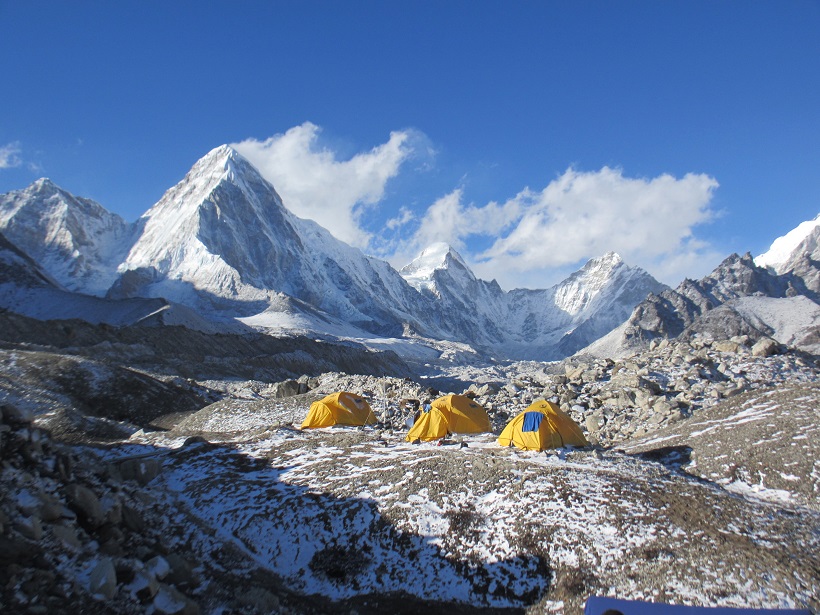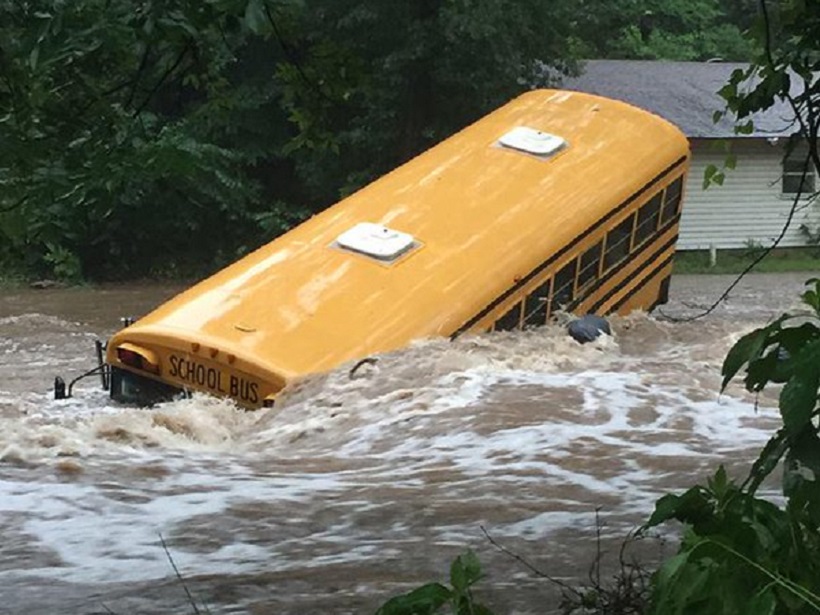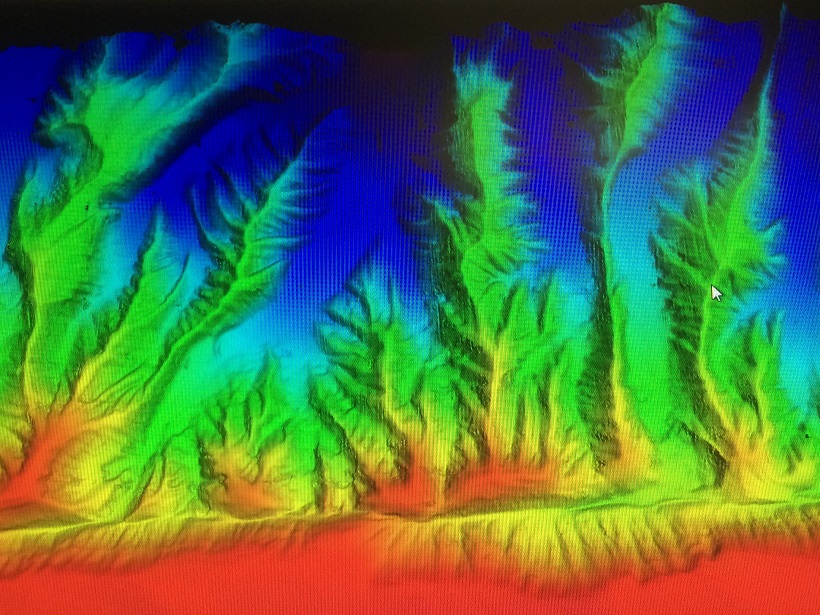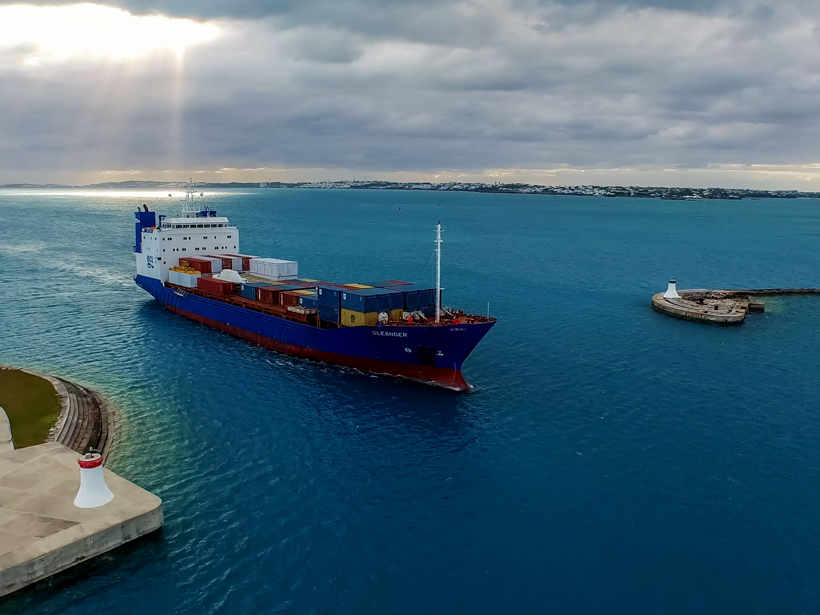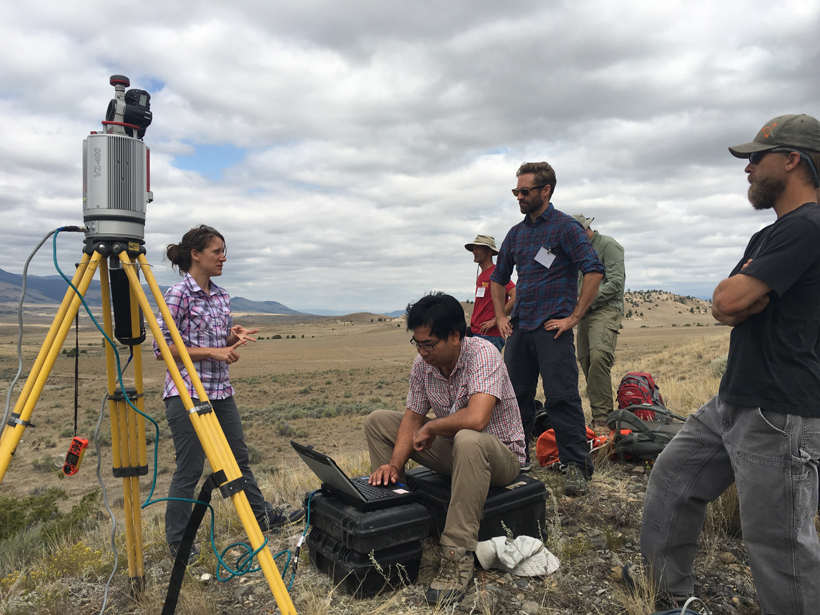A field study in the Swiss Alps showed considerable spatial and temporal variability in forest air and surface temperatures, with implications for snowmelt models.
fieldwork
Hot Water, Cold Ice
Despite careful planning, there can be many uncertainties and unknowns about doing field research in remote locations.
In Pursuit of Flash Flood Data
How remote sensing of streams provides valuable data for the characterization, prediction, and warning of impending flash floods.
Mesmerized by Gracefully Gliding Albatrosses
Despite avian distractions and dreadful weather, a research cruise to map the seafloor off Alaska revealed new insights into the Queen Charlotte Fault.
Monitoring Wind in Portugal’s Mountains Down to Microscales
Researchers are now gathered for the Perdigão field campaign, an effort to study wind flow physics at scales down to tens of meters. The effort should help engineers harness wind energy in Europe.
New Instrument May Aid Search for Extraterrestrial Life
For 2 weeks on the Greenland ice cap, scientists tested an instrument that might help us find life on icy moons with oceans beneath their crusts.
Packing Science into a Shipping Vessel
Oleander Workshop II: 25 Years of Operations; Narragansett, Rhode Island, 26–27 October 2016
Observing the Ocean
How measurements from a glider deployed off the coast of Peru are contributing to a much-needed long time-series data set.
Integrating Topographic Imaging into Geoscience Field Courses
Using TLS and Structure from Motion (SfM) Photogrammetry in Undergraduate Field Education; Cardwell, Montana, 16–19 August 2016
Boulders Limit Transport of Sand and Gravel in Steep Rivers
Mountain rivers and streams actively reshape landscapes by eroding material from uplands and depositing it in lowlands. Scientists can now predict this transport in very steep streams.


